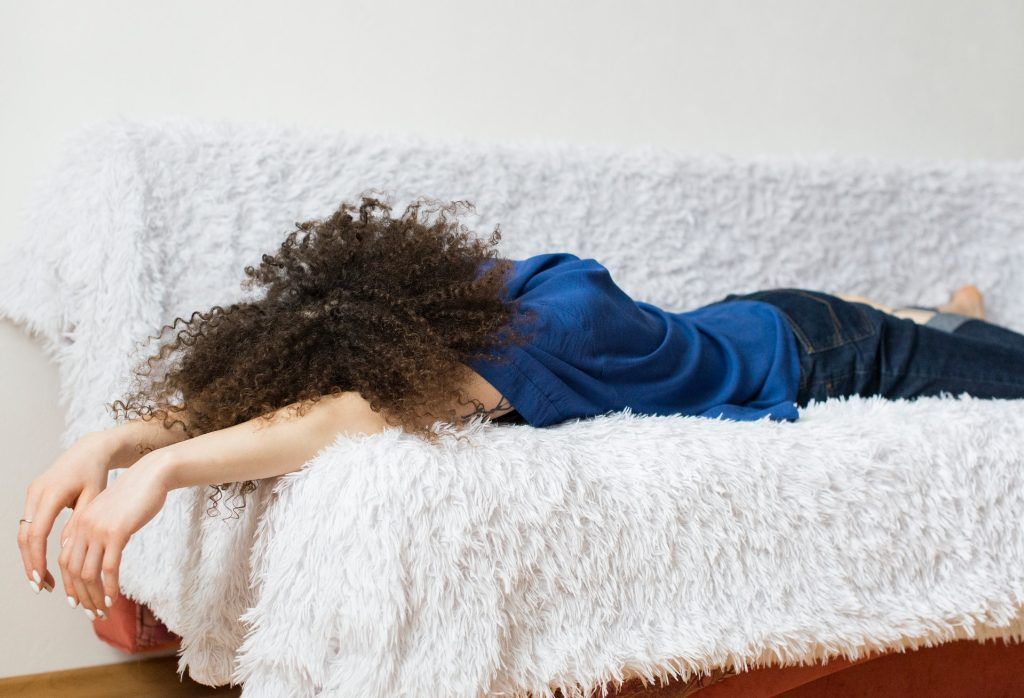A garden is a composition of nature intentionally shaped by human hand, on a limited, often fenced off piece of land. The developed area, that is the garden, consists of elements of nature. These can be animals – zoological gardens, plants – botanical gardens or other pieces, e.g. stones – Zen stone gardens. The assumptions of a garden will have strong impact on human senses, regardless of the vision and style of the gardener. But it’s not the style, but the mood of the garden that matters most. Entering the garden, we enter a different space. It is safe, because it is cared for by humans, and at the same time different from anything that humans could create by themselves. We often refer to gardens as the meeting points of two worlds. It is a combination of culture and nature. The impact of natural elements on human health and the evolutionary longing for nature prompts us to reap the benefits of the healing properties of gardens to restore mental balance.
The idea of a healing garden
The idea of a garden as a place of renewal and regeneration is far from new. The history of the gardens goes back to antiquity, but it were the medieval monastic gardens that have been recorded in the culture as promoting both mental health – contemplation and physical health – providing medicinal herbs. For the monks enclosed and surrounded by walls, the garden offered the possibility of communing with nature, observing the changes of seasons and life in accordance with its natural rhythm. The healing garden is meant to provoke reflection and provide a sense of harmony. The first European hospitals were established in monasteries. The patients could use the monastic green areas. Interest in gardens intended for therapy intensified at the turn of the 19th and 20th centuries in the area of designing psychiatric hospitals. Hospitals of that era are attractive architectural and landscape complexes. Today we witness the rediscovery of the values of a garden as an element supporting treatment. The concept of a healing garden available to patients was implemented intensively in old Europe, and in modern times in Canada, the USA, Japan and Scandinavian countries. In some countries, horticultural therapy is recognized as an official form of therapy. Although operators of hospitals and rehabilitation centres are inclined towards this concept, it may prove impossible for them to establish a garden for various reasons. In such a situation, it is worth providing your patients with the therapeutic values of the virtual VR TierOne garden. It is available to all patients, including those with physical disabilities.
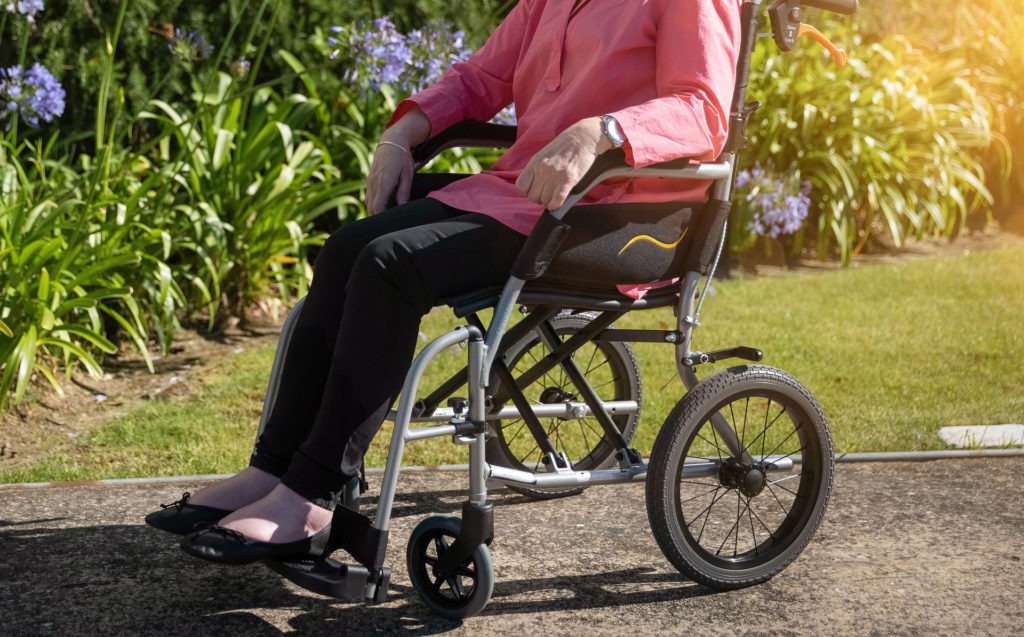
Horticultural therapy
Horticultural focuses on contact with plants, but may also involve other activities in the garden.Garden treatment can adopt both active and passive forms. Both forms have a therapeutic effect and demonstrate positive impact on the mental condition of a person. This can involve the care of plants: planting, watering, harvesting. Healing can also take place through the patient’s interaction with the natural environment. Observing nature, the gardening work of other, fitter patients, and the changes taking place in the garden also improves the mood. Experiencing the garden landscape with the sense of sight relaxes, reducing stress and anxiety. This type of passive horticultural therapy does not require any efforts from the patients, and still brings benefits to them. Feeding the senses with what the garden offers us brings relief and even a short stay in it brings health benefits. The designers of VR TierOne made use of the healing potential of the garden, making it a place for depression and anxiety therapy. The Virtual Garden of Rebirth allows the patients to take care of the garden in a metaphorical way, through their regular participation in therapy. The garden teaches patience and requires systematic, phased work. The VR TierOne therapeutic sessions were planned similarly, symbolically demonstrating that the garden – health requires daily effort to be able to enjoy it.
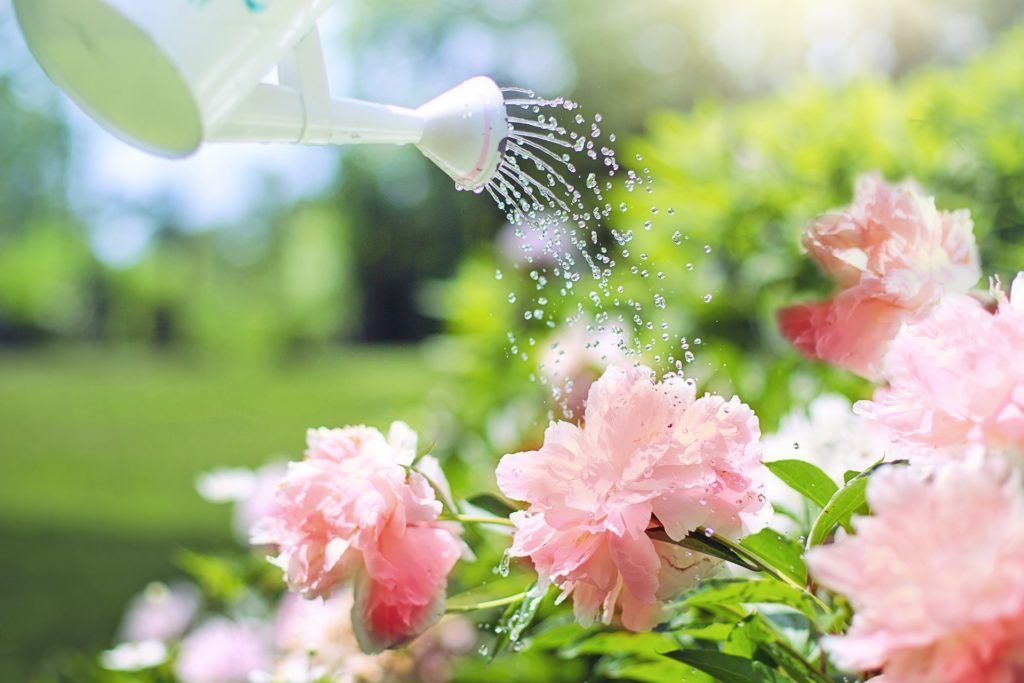
Symbolism of the garden
The garden is not only a place where plants grow, it is a symbol that functions in our culture, literature and human consciousness. It is a symbol of rebirth, health, the human body, consciousness, inner life, shelter and fertility. Historically, a well-kept garden was a symbol of status and prosperity, hence the garden layouts present at palaces and manors. Such a garden was supposed to arouse admiration. Today, a well-groomed garden, as well as well-preserved health, also arouse admiration and still remain the wish of many people. Man always admires what is difficult to achieve and maintain. The Virtual Garden of Rebirth refers visually and semantically to the Zen philosophy, symbolizing peace, balance and harmony. It has a soothing effect on the patient. The plants used in the virtual Renaissance Garden also convey a symbolic message. The condition of the garden is the result of tending practices, but also of all conditions independent of the work of the gardener. When we pass home gardens, we can easily tell, when seeing a neglected lawn, that the owners are certainly not doing well. It is not so easy to find that you are depressed and that you are in a bad condition. Observation, conversation, caring for the patient, and appropriate therapy are essential to improving mental health. Favourable conditions, care and tireless work guarantee a satisfactory gardening and health effect.
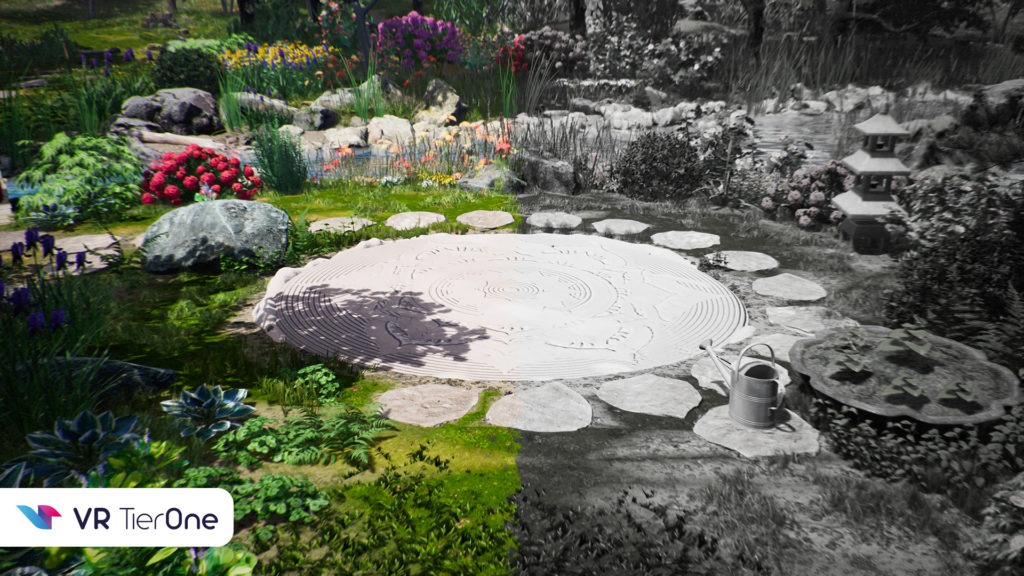
The garden is the place for the therapy
The garden as a place of therapy should reduce the stress and tension associated with the disease, provide a sense of privacy and be interesting at the same time. A healing garden arrangement should be safe and accessible for patients with various levels of mobility. The garden should be flat for the ease of movement of patients with limited mobility. To secure the depth of the landscape, we may resort to many means: decorative bridges, pergolas, benches, statues or other elements of small architecture. The healing garden is supposed to encourage people to stay in it, evoke pleasant memories and associations, leading to better well-being and faster recovery. Apart from strictly gardening activities, the garden should also allow one to conduct additional recreational, relaxation or therapeutic activities, e.g. in the form of outdoor painting. During such artistic activities, the patients can immerse themselves in the surrounding landscape, practice mindfulness and being “here and now”. Artistic creativity is inspired by nature, its form and colours. Painting gives joy and fulfillment. It helps people to open up and express their emotions. The healing power of art, colours and the garden were applied in the VR TierOne therapy, during which patients create colorful creations on canvas in the Virtual Garden.
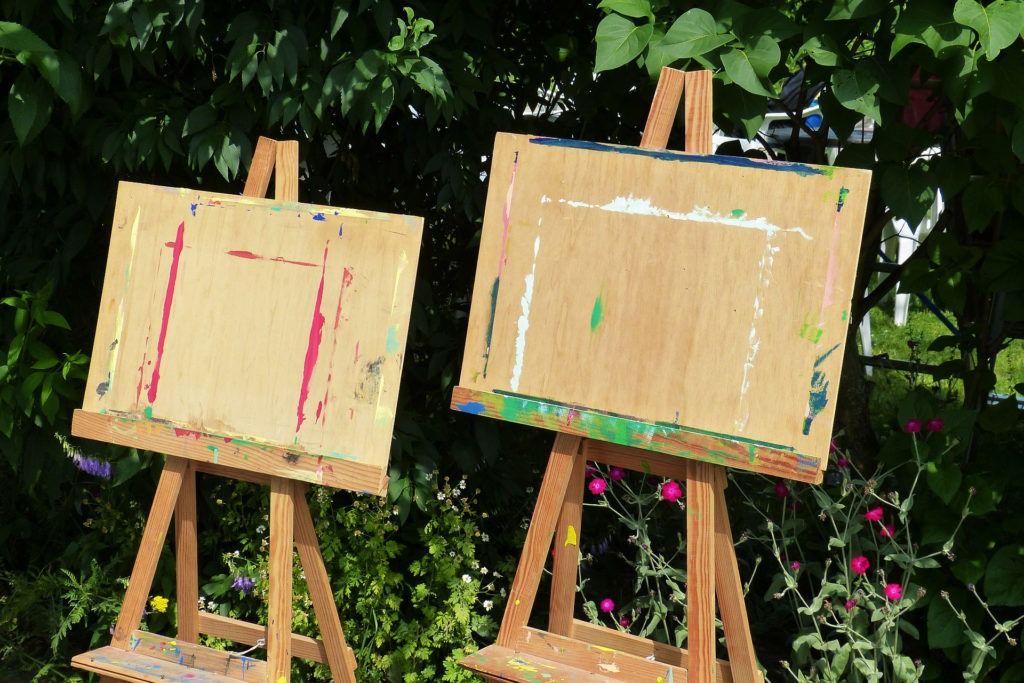
During the COVID-19 pandemic, we learned a lot about the health benefits of nature and the value of having our own garden. The temporary ban on using public parks, playgrounds, squares, and thus communing with nature, caused psychophysical health issues in many people “imprisoned” in their city apartments. Emergency conditions occurring throughout our lives teach us to appreciate what was ordinary until now. In sickness, we appreciate health, we tend to use various therapies to improve our condition. Often it leads us to the amazing discovery that old or completely new healing concepts are really effective. VR TierOne is a beautiful combination of modern VR technology and proven concepts: the healing power of a garden and the Ericksonian therapy.




